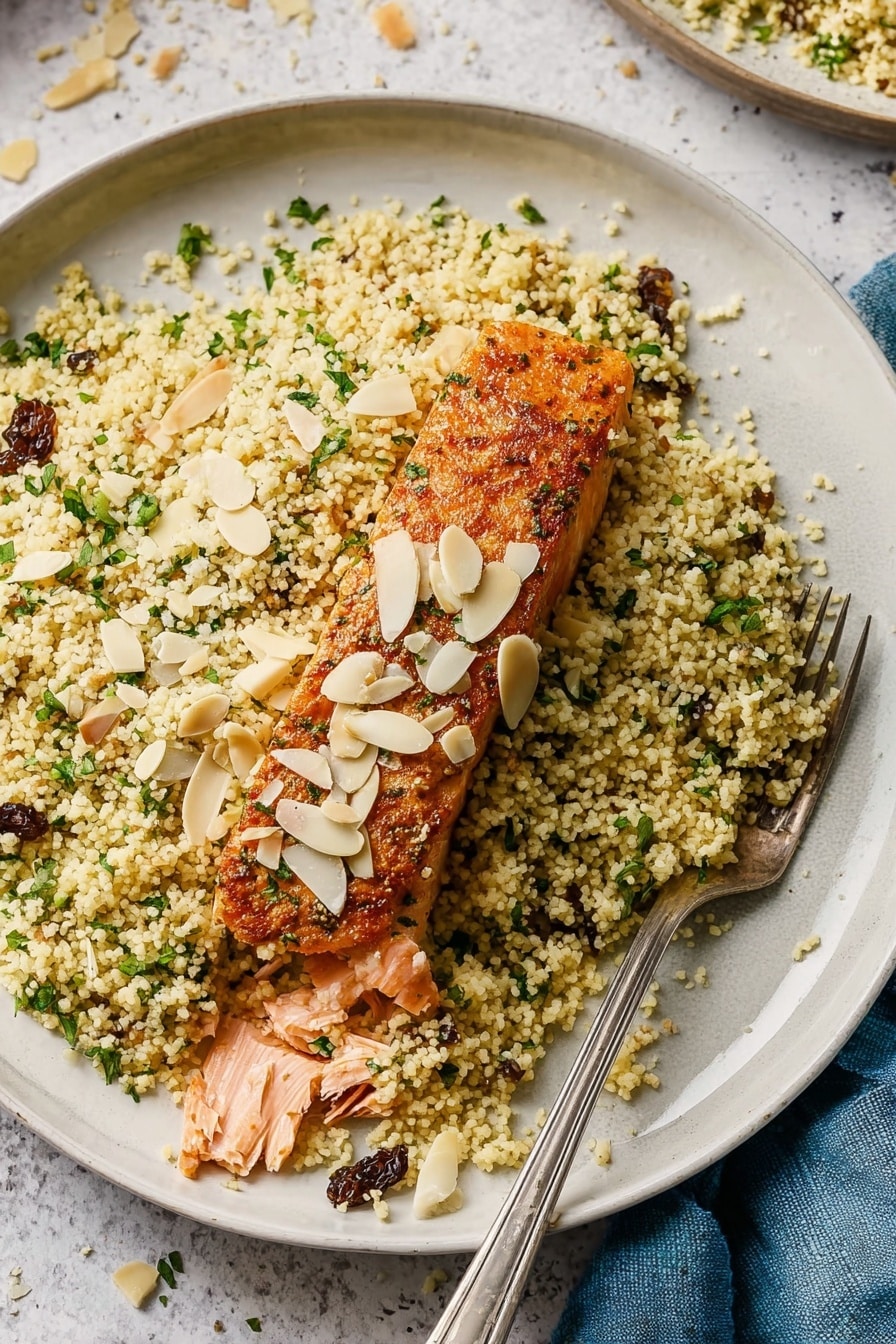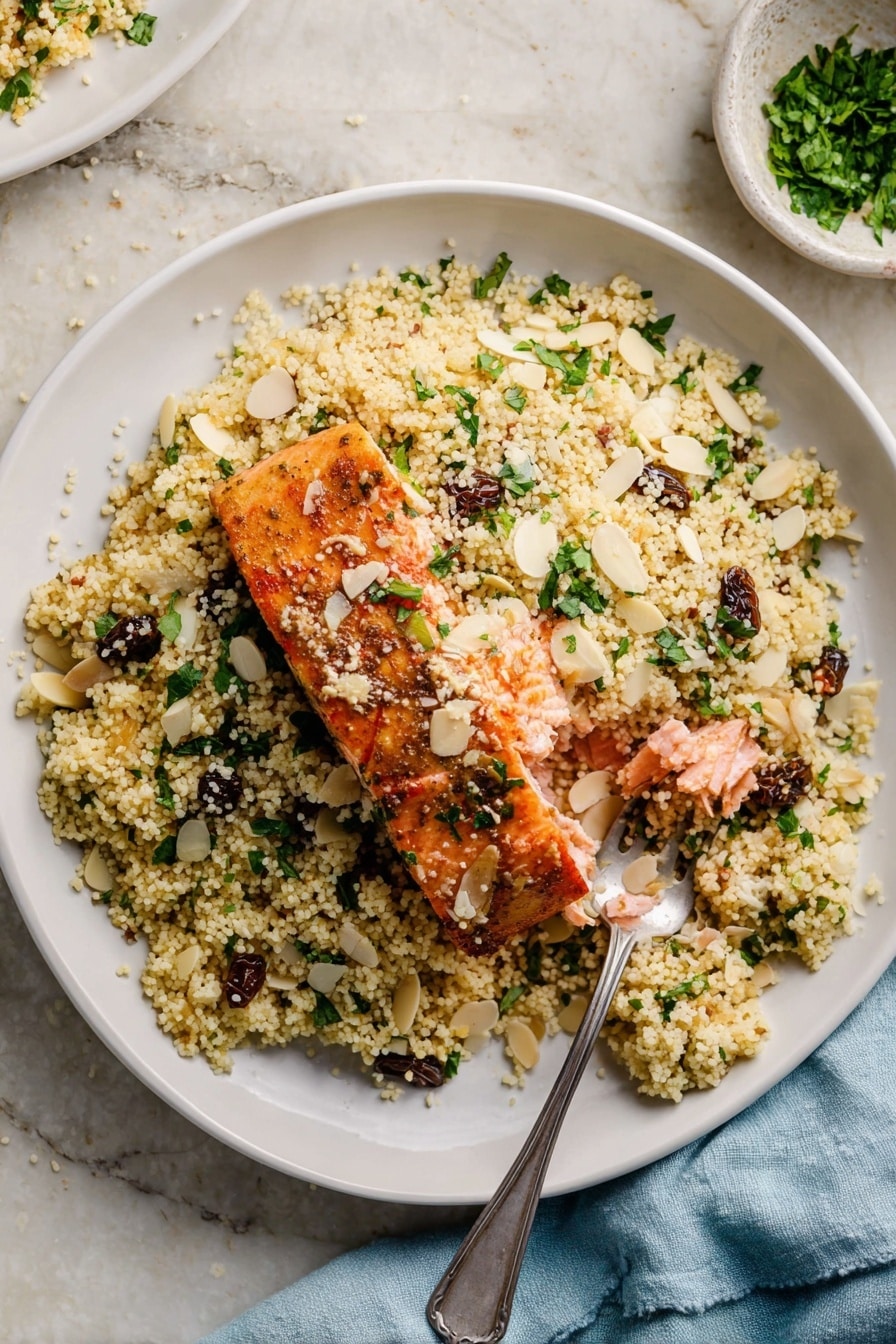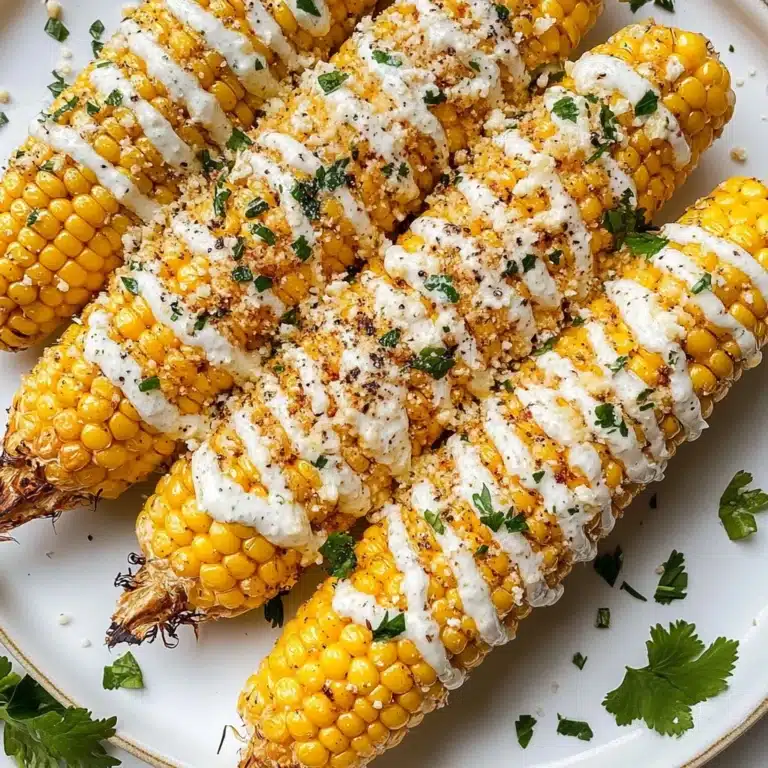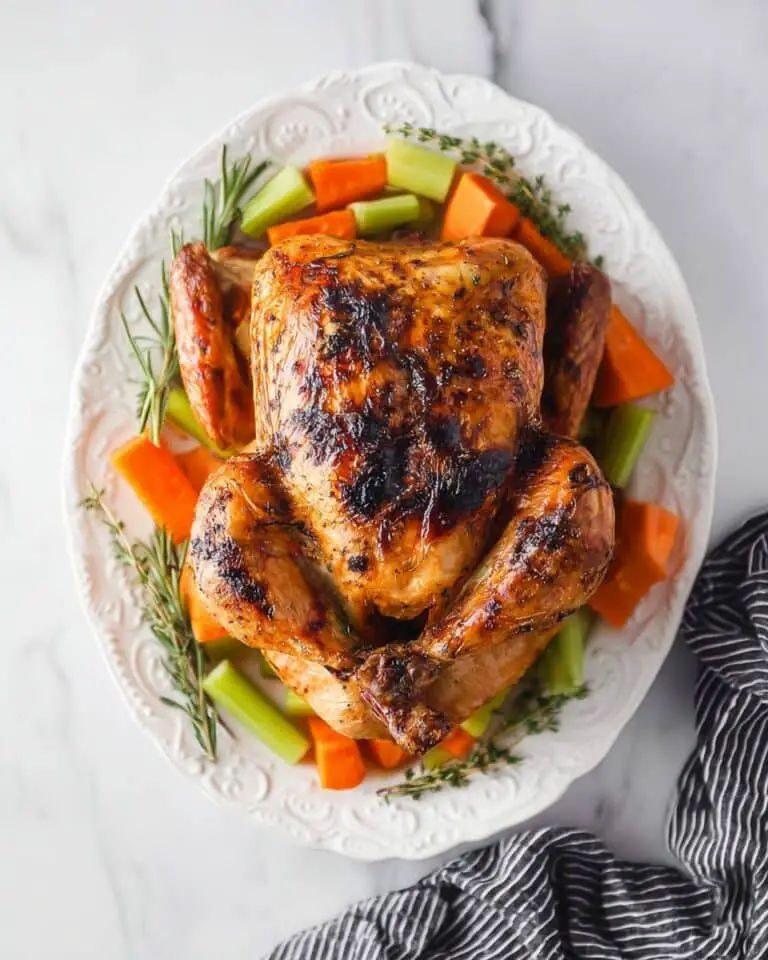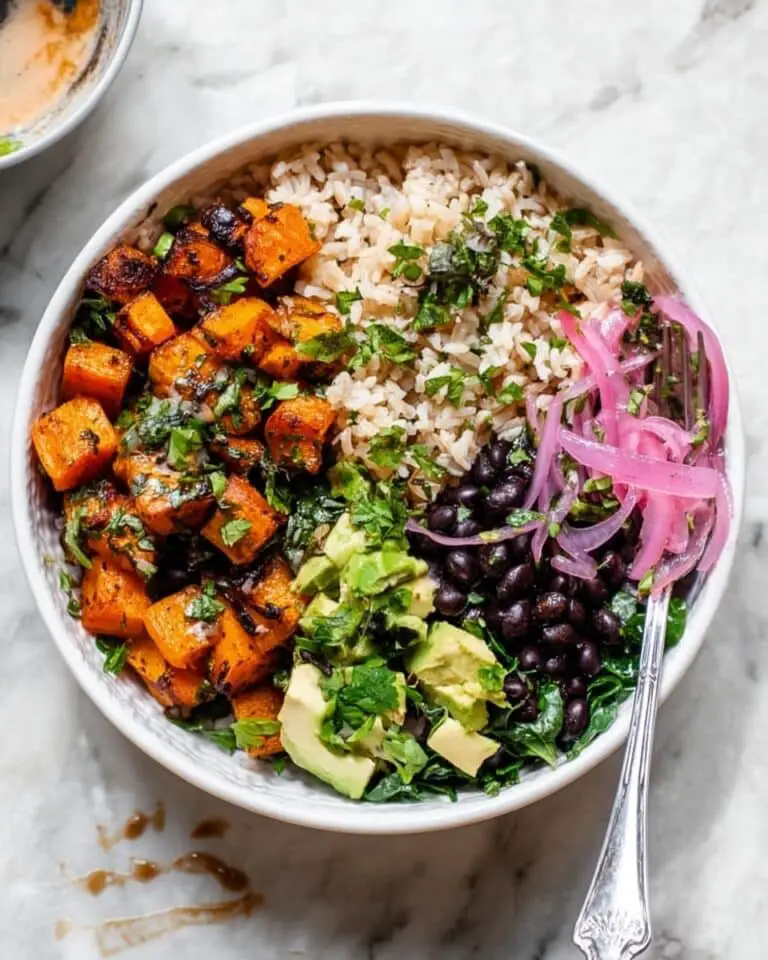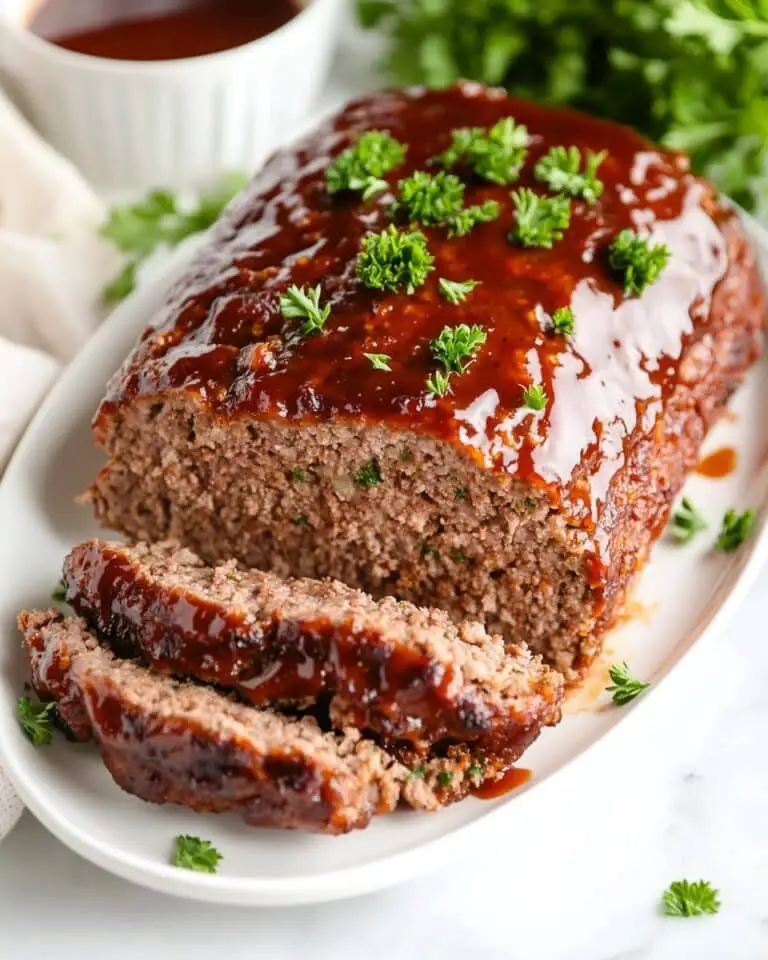If you’re looking for a meal that’s bursting with bold flavors yet super quick to whip up, you’ve got to try this 30-Minute Moroccan-Spiced Salmon and Couscous Recipe. I absolutely love how the fragrant spices and fresh lemon come together to create a dish that’s both elegant and comforting, perfect for busy weeknights or when you want to impress guests without spending hours in the kitchen.
Why You’ll Love This Recipe
- Speedy and Simple: You get a whole flavorful meal on the table in just 30 minutes, perfect for busy days.
- Bold Moroccan Flavors: Ras el hanout gives the salmon a deliciously aromatic profile without any heat, making it accessible to everyone.
- Versatile and Fresh: The lemon zest and juice add just the right zing, enhancing both salmon and couscous beautifully.
- Family Favorite: My family goes crazy for this combo every time—it’s a staple in my weeknight rotation now!
Ingredients You’ll Need
The ingredient list here is straightforward and thoughtfully chosen. Each element plays a key role in building that perfect balance of savory, citrusy, and slightly sweet flavors. And I’ll let you in on a little secret: fresh lemon juice really transforms the dish from good to amazing.
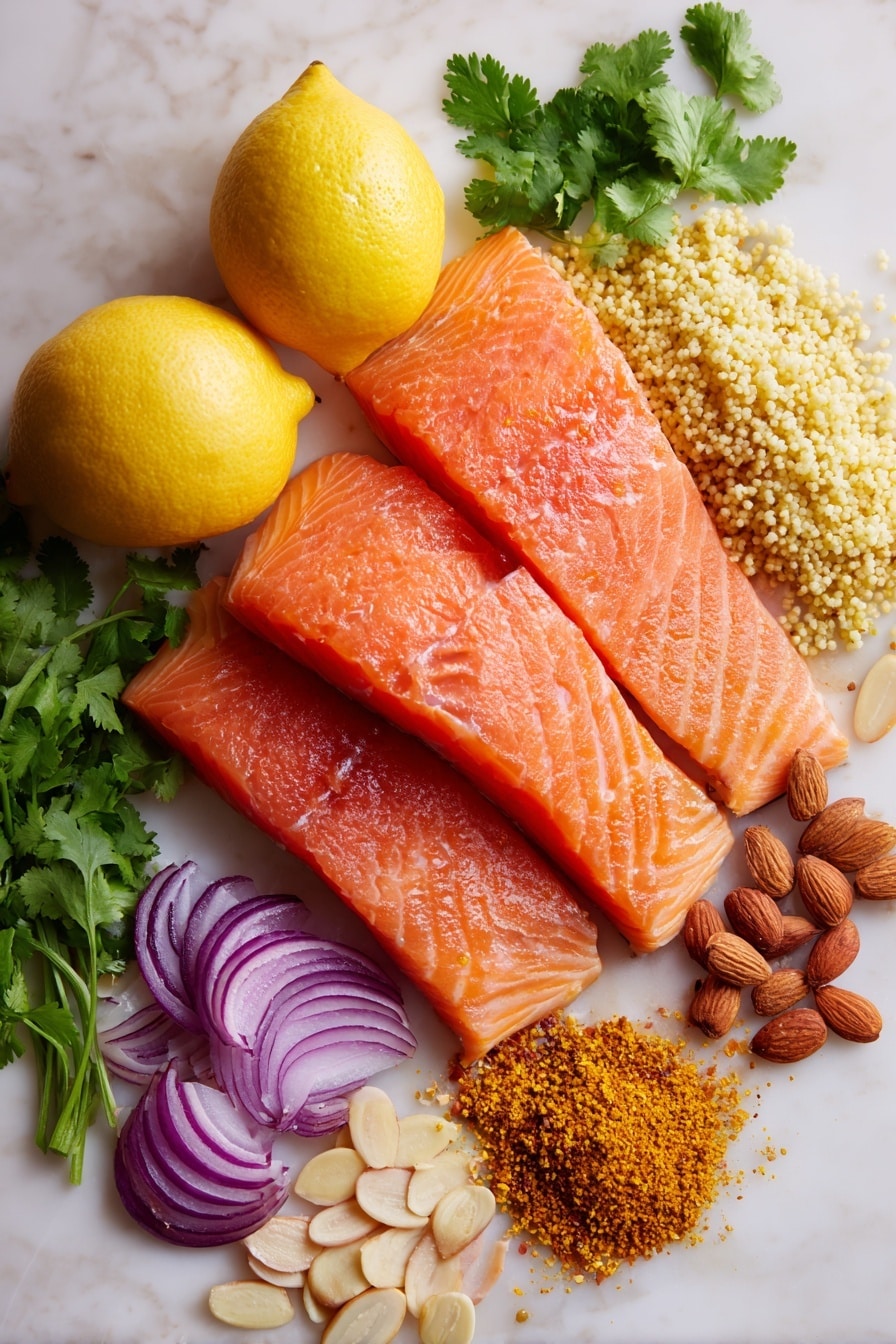
- Salmon fillets: Choose fresh, firm fillets, skin on or off depending on your preference.
- Extra virgin olive oil: Adds richness and helps the spices stick to the salmon.
- Lemon zest and juice: Fresh zest packs a flavorful punch, while the juice brightens the whole dish.
- Ras el hanout: This warm Moroccan spice blend is your tastebud’s new best friend.
- Kosher salt: Season simply to enhance natural flavors.
- Shallots: They cook down sweet and mellow, adding depth to the couscous.
- Garlic: A little goes a long way to boost the savory notes.
- Moroccan couscous: Small and fluffy, it’s perfect for soaking up all those wonderful flavors.
- Chicken or vegetable broth: Warm broth infuses the couscous with extra flavor—don’t skip this step!
- Sliced almonds: Adds a lovely crunch and nutty richness.
- Fresh cilantro: Provides a refreshing herbal lift and pretty green color.
- Raisins or dried cranberries: These little bursts of sweetness contrast beautifully with the spices.
Variations
I love tweaking this 30-Minute Moroccan-Spiced Salmon and Couscous Recipe to suit different moods or dietary needs. Don’t hesitate to make it your own—it’s one of the reasons I keep coming back to it!
- Spice it up: If you like a bit of heat, add a pinch of cayenne or sprinkle some chili flakes over the salmon before baking.
- Vegetarian twist: Swap salmon for roasted chickpeas or spiced tofu to keep the Moroccan vibe going green.
- Seasonal swaps: Change up the dried fruit—use chopped apricots or dried cherries when those are what you have on hand.
- Herbs swap: Sometimes I replace cilantro with fresh parsley or mint for a different herbal punch.
How to Make 30-Minute Moroccan-Spiced Salmon and Couscous Recipe
Step 1: Prep and Season Your Salmon
First things first, preheat your oven to 350°F. Pat those salmon fillets dry—this little step helps the spice rub stick and keeps the skin from getting soggy if you’re using skin-on. In a small bowl, whisk together olive oil, fresh lemon juice, ras el hanout, and kosher salt. Brush this fragrant mixture all over the salmon fillets. This is where the magic starts—don’t skip it! Place the salmon on a parchment-lined baking sheet and pop it in the oven. You’ll want to bake the salmon for about 12-15 minutes, depending on thickness. Aim for an internal temp of around 120°F for perfectly tender, flaky salmon.
Step 2: Sauté Shallots and Garlic for the Couscous Base
While the salmon bakes, heat olive oil in a saucepan over medium-high heat. Toss in your thinly sliced shallots first and cook until they’re soft and translucent—this usually takes about 2-3 minutes. Then add the finely chopped garlic and cook for another minute. This quick sauté infuses the couscous with a base of sweet and savory flavors you won’t want to miss.
Step 3: Cook the Couscous
Next, add the Moroccan couscous to the pan and give it a good stir so it’s coated with the oil and aromatics. Pour in the warmed chicken or vegetable broth, stir, and cover the pan tightly. Remove it from the heat and let it sit undisturbed for 5-7 minutes so all the liquid can absorb. When you lift the lid, you’ll see beautifully fluffy couscous that’s been soaking in all that flavor.
Step 4: Finish the Couscous With Freshness and Crunch
Fluff the couscous gently with a fork, then fold in lemon zest, fresh lemon juice, sliced almonds, chopped cilantro, and raisins or dried cranberries. This combination adds layers of texture and a lovely balance of savory, citrusy, and sweet notes. Give it a quick taste and adjust salt or olive oil as you like—sometimes I add a little more olive oil to give it a silky finish.
Step 5: Plate and Enjoy!
Spoon a generous mound of couscous onto each plate, then top with your perfectly cooked Moroccan-spiced salmon fillet. I like to sprinkle a bit more fresh cilantro on top for color and a fresh bite. Serve immediately while warm, and watch your family or friends marvel at how effortlessly delicious it is.
Pro Tips for Making 30-Minute Moroccan-Spiced Salmon and Couscous Recipe
- Use Room Temperature Salmon: Bringing your salmon to room temp before cooking helps it cook evenly and stay moist.
- Don’t Skip Warming the Broth: Warm broth shortens cooking time and prevents the couscous from getting mushy.
- To Toast or Not to Toast Almonds: For extra nuttiness, I sometimes lightly toast the almonds in a dry pan before adding them.
- Avoid Overcooking Salmon: It keeps the filet tender and flaky instead of dry and rubbery—aim for 120°F internal temp.
How to Serve 30-Minute Moroccan-Spiced Salmon and Couscous Recipe
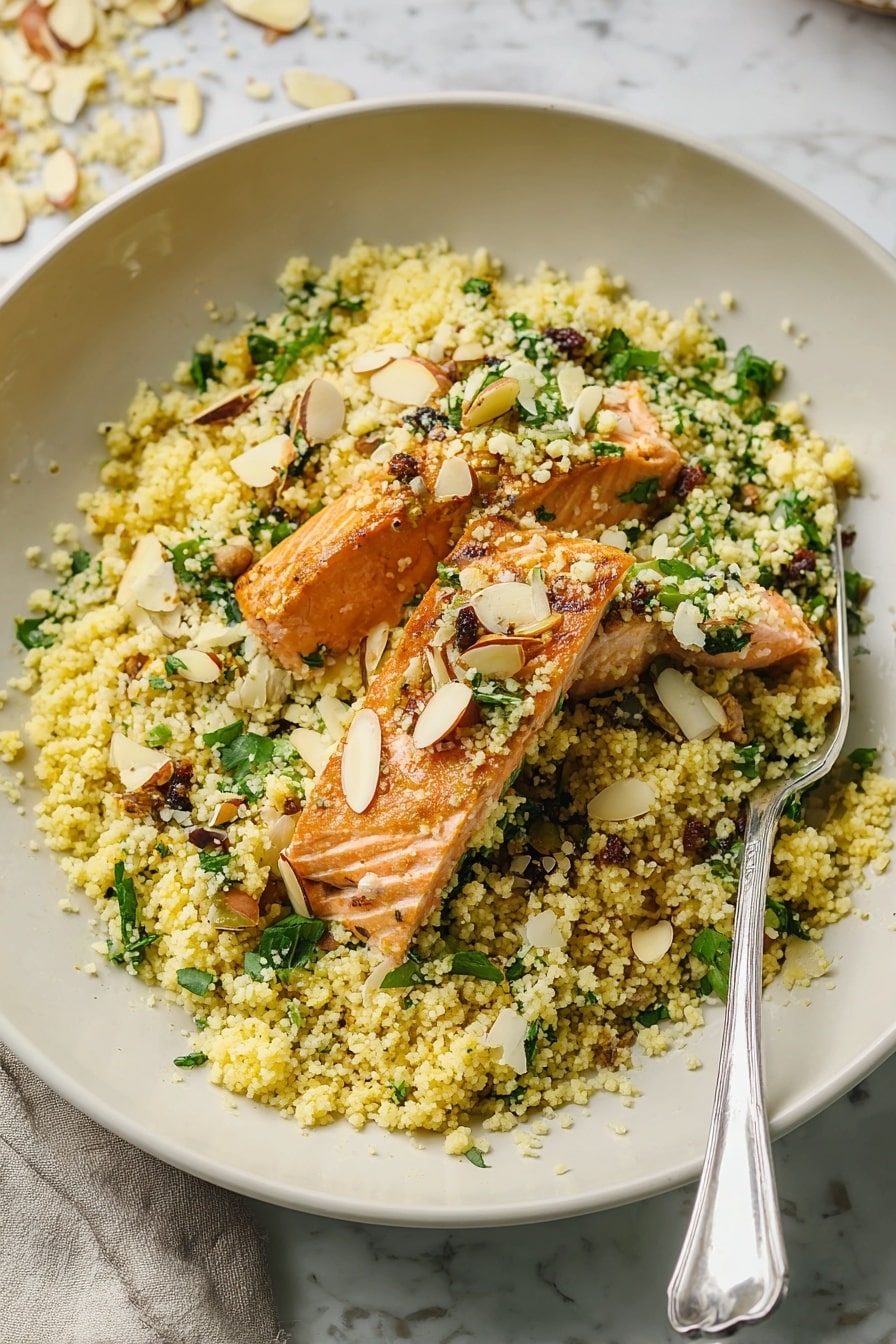
Garnishes
I usually keep garnishes simple with extra chopped cilantro for freshness and a few lemon wedges on the side for an extra citrus boost. Sometimes I sprinkle a pinch of ground sumac for a tart pop, which adds a nice Middle Eastern touch that goes perfectly with the Moroccan spices.
Side Dishes
This dish shines so well on its own, but if I want to round out the meal, I pair it with a crisp green salad—like arugula with olives and a simple lemon vinaigrette—or some roasted vegetables such as harissa-spiced carrots or zucchini. Sometimes a dollop of plain Greek yogurt with a drizzle of olive oil on the side adds a cooling contrast too.
Creative Ways to Present
For special occasions, I like serving the salmon fillets on a large communal platter with a colorful bed of couscous scattered with almonds and dried fruit, garnished with fresh herbs. Adding edible flowers or thinly sliced radishes on top can make the presentation really pop and impress your guests.
Make Ahead and Storage
Storing Leftovers
I store leftover salmon and couscous in separate airtight containers to maintain their best texture. The couscous holds up really well in the fridge for up to three days, and the salmon is best eaten within two days for optimal freshness.
Freezing
While I recommend enjoying this dish fresh, you can freeze cooked salmon fillets on their own by wrapping them tightly in foil or plastic wrap, then placing in a freezer-safe bag. Couscous texture changes after freezing, so I usually avoid freezing the whole dish together.
Reheating
To reheat, gently warm the couscous in a microwave or on the stovetop, adding a splash of broth or olive oil to keep it moist. For salmon, I prefer to warm it briefly in the oven at a low temperature or enjoy it cold in salads or wraps to maintain its flaky texture.
FAQs
-
What is ras el hanout, and can I substitute it?
Ras el hanout is a Moroccan spice blend that often includes cinnamon, cumin, coriander, and other warm spices. If you can’t find it, a mix of equal parts cumin, coriander, paprika, and cinnamon works well as a substitute to mimic the richness.
-
Can I use quinoa or rice instead of couscous?
Absolutely! While couscous has a unique texture that soaks up flavor beautifully, quinoa or rice are great alternatives. Just cook them according to package instructions and toss with the same aromatics and add-ins.
-
Is this recipe gluten-free?
Traditional Moroccan couscous is made from wheat, so it’s not gluten-free. If you need a gluten-free option, use quinoa, millet, or gluten-free couscous varieties instead.
-
How do I tell when the salmon is perfectly cooked?
The best way is to use a food thermometer and pull it out at 120°F for tender, medium-rare salmon. Alternatively, gently press the top—it should flake easily but still feel moist.
Final Thoughts
This 30-Minute Moroccan-Spiced Salmon and Couscous Recipe quickly became one of my go-to dishes thanks to its vibrant flavors and simplicity. I remember the first time I tried it, I was surprised at how such simple ingredients could come together into something so special. I highly recommend you give it a try—you’ll be amazed at how effortlessly it elevates your weeknight dinner game while delighting your taste buds every time.
Print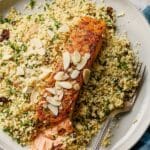
30-Minute Moroccan-Spiced Salmon and Couscous Recipe
- Prep Time: 10 minutes
- Cook Time: 20 minutes
- Total Time: 30 minutes
- Yield: 4 servings
- Category: Main Course
- Method: Baking
- Cuisine: Moroccan
- Diet: Low Sodium
Description
This 30-Minute Moroccan-Spiced Salmon with Couscous is a flavorful and quick dinner option featuring tender salmon fillets seasoned with aromatic ras el hanout spice, baked to perfection, and served over fluffy Moroccan couscous mixed with almonds, cilantro, and sweet dried fruit. A wholesome, dairy-free, and vibrant meal perfect for a healthy weeknight.
Ingredients
Salmon
- 4 (6oz) salmon fillets, skin on or off
- 2 Tbsp extra virgin olive oil
- 1 lemon, zested and juiced (about 2 tsp lemon zest and 4 Tbsp lemon juice, divided)
- 1 tsp ras el hanout
- 1 tsp Kosher salt
Couscous
- 2 Tbsp olive oil
- 2 shallots, thinly sliced into half moons
- 2 garlic cloves, finely chopped
- 1½ cups (90g) Moroccan couscous
- 1½ cups low-sodium chicken broth or vegetable broth, warmed
- ½ cup sliced almonds
- ½ cup fresh cilantro, roughly chopped (plus more for serving)
- ⅓ cup raisins or dried cranberries
Instructions
- Cook the salmon: Preheat the oven to 350°F. Pat the salmon fillets dry with a paper towel and place them on a parchment-lined baking sheet. In a small bowl, whisk together 2 Tbsp olive oil, 2 Tbsp fresh lemon juice, 1 tsp ras el hanout, and 1 tsp Kosher salt. Brush this mixture over the salmon fillets evenly. Bake in the preheated oven for 12-15 minutes, or until the internal temperature reaches 120°F and the salmon is tender and flaky.
- Cook the couscous: While the salmon is baking, heat 2 Tbsp olive oil in a saucepan over medium-high heat. Add the sliced shallots and cook for 2-3 minutes, stirring occasionally, until softened. Add the chopped garlic and cook for an additional minute. Stir in the couscous thoroughly, then pour in the warmed chicken or vegetable broth. Stir once, cover tightly with a lid, remove from heat, and let sit for 5-7 minutes until the liquid is fully absorbed.
- Finish the couscous: Fluff the couscous gently with a fork. Stir in 2 tsp lemon zest, 2 Tbsp fresh lemon juice, sliced almonds, chopped cilantro, and raisins or dried cranberries. Mix well and adjust seasoning to taste. Optional: add 1-2 Tbsp olive oil if you prefer a more saucy texture.
- Assemble and serve: Spoon the prepared couscous onto plates and place a baked salmon fillet on top. Garnish with extra fresh cilantro and serve immediately for a warm, satisfying meal.
Notes
- This dish is tender, flaky, and boldly flavored with the warm, aromatic ras el hanout spice blend that adds a nutty, earthy taste without heat.
- The sweet couscous with raisins or dried cranberries perfectly complements the savory salmon.
- It is a dairy-free recipe suitable for those looking for a healthy, balanced meal.
- Use skin-on salmon for extra crispiness or skinless for easier eating, as preferred.
- Adjust the amount of lemon and olive oil to suit your taste for brightness and moisture in the couscous.
Nutrition
- Serving Size: 1 salmon fillet with couscous
- Calories: 282 kcal
- Sugar: 6 g
- Sodium: 87 mg
- Fat: 13 g
- Saturated Fat: 2 g
- Unsaturated Fat: 9 g
- Trans Fat: 0 g
- Carbohydrates: 15 g
- Fiber: 2 g
- Protein: 39 g
- Cholesterol: 109 mg

